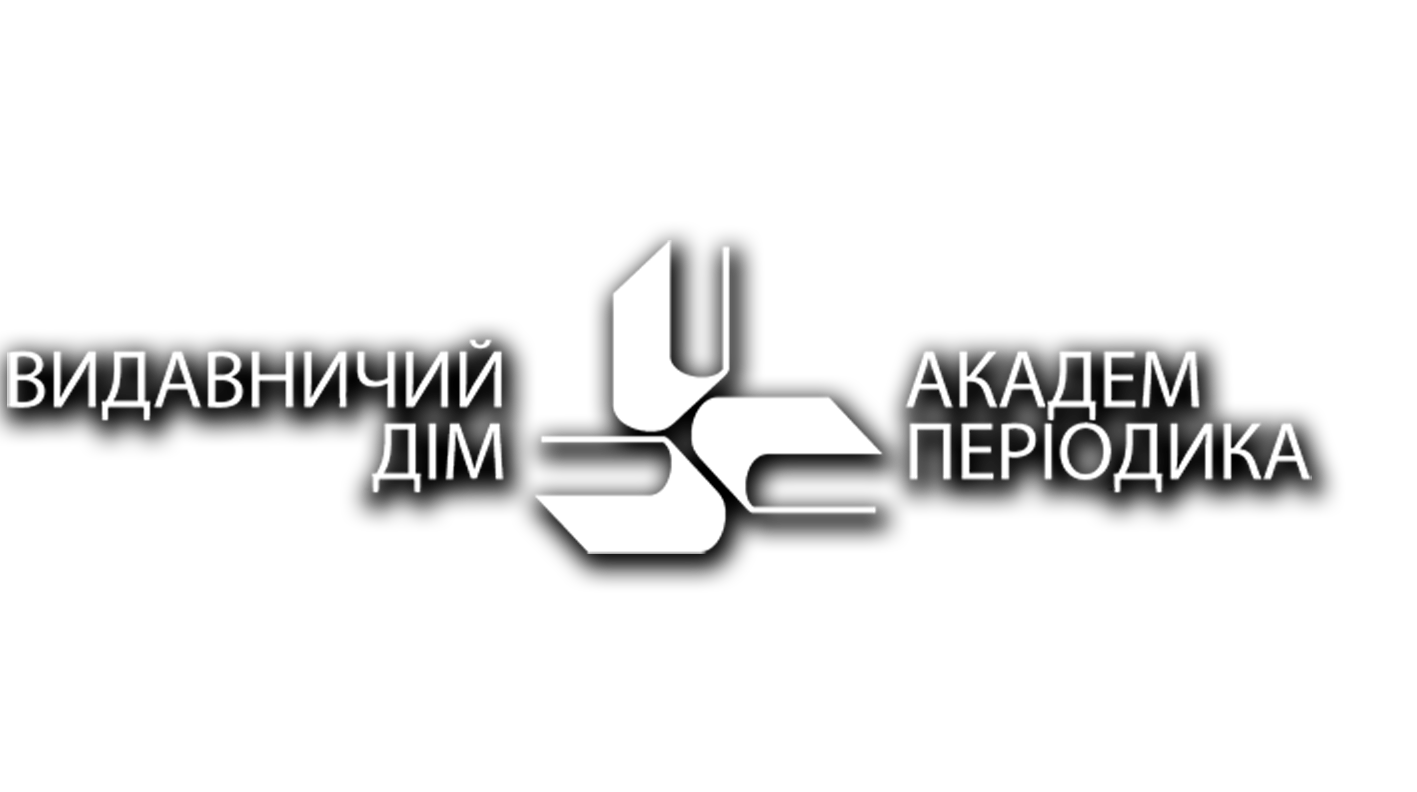In the last century, physicists have discovered the possibility of using energy associated with nuclear forces. The course of events of the atomic project and the history of the “peaceful atom” are covered, the reasons, consequences, prospects of these important components of human security are briefly described. This is important for Ukraine, where six nuclear power plants produce almost 60% of the electricity consumed by the population and industry. One of the sections is devoted to the ethics of scientific research in this field.
The book is intended for a wide range of teachers, students, students and graduate students working in the field of physics.
1. Nuclear technology review 2011. International Atomic Energy Agency Vienna, 2011.
2. Nuclear technology review 2012. International Atomic Energy Agency Vienna, 2012.
3. Global Energy Statistics 2012, Enerdata Publication.
4. Energy in Sweden 2010, Facts and figures. Table 56. Total world energy use per sector 1990-2008 (TWh).
5. https://www.cia.gov/library/publications/the-world-factbook/rankorder/22…
6. https://www.ipcc.ch/pdf/assessment-report/ar4/syr/ar4_syr_ru.pdf
7. The Climate Change, Pachauri P.K. et al. IPCC, Switzerland, 2007. Intergovernmental Panel on Climate Change (IPCC). https://doi.org/10.1017/CBO9780511546013
8. The history of the Soviet Atomic Project. Moscow, ed. Velikhov E.P., 1997.
9. Khariton, Ju., Adamskij, V., Smirnov, Yu. About the creation of the Soviet H-bomb. ISAP. pp. 200-213.
10. Feoktistov, L.P. H-bomb: who gaved out its sectret? ISAP, pp. 223-230.
11. Goncharov, G.A. The chronology of the main events in the history of H-bomb in USSR and USA. ISAP. pp. 231-255.
12. Teller, E. The History of the American Hydrogen Bomb. ISAP. pp. 256-263.
13. The impact of the A-bomb, Iwanami Shoten Publishers, Tokyo, 1985, pp. 19-48.
14. BP Statistical Review of World Energy, June 2014, p. 35.
15. http://www.energoatom.kiev.ua
16. Paton, B., Bakai A., Baryakhtar V., Nekludov І. Strategy of development of nuclear energy in Ukraine. KhPTI. 2008, р. 33.
17. Feoktistov, L.P. Neutron fission wave. Russian Aca demy Doklady. 1989. Vol. 309, № 4, pp. 864-867.
18. Feoktistov L.P. Safety – the key moment of the revival of nuclear energy. Physics-Uspekhi (UFN). 1993. Vol. 163, № 8, pp. 89-102. https://doi.org/10.3367/UFNr.0163.199308c.0089
19. Teller, E. Nuclear Energy for the Third Millennium. Preprint UCRL-JC-129547. LLNL. 1997. https://doi.org/10.1007/978-1-4899-1546-7_7
20. Sekimoto, H.A. New Burnup Strategy. CANDLE. H. Sekimoto, K. Ryu, Y. Yoshimura. Nuclear Science and Engineering. 2001. Vol. 139. pp. 306-317. https://doi.org/10.13182/NSE01-01
21. Akhiezer, A.I., Khizhnyak, N.A., Shul’ga, N.F., Davydov, L.N., Pilipenko, V.V. Slow Nuclear Burning. Problems of Atomic Science and Technology. 2001. Vol. 6. pp. 272- 275.
22. Smith, H.D. Atomic energy for military purposes; the official report on the development of the atomic bomb under the auspices of the United States Government. 1940-1945. Princeton University.
23. Baryakhtar, V. Energy Production and the Living Standards. Ukr. Geol. J. 2009. Vol. 25. pp. 28-36.
24. Ukrainian National Report devoted to the 20 Anniversary of Chernobyl.
25. World energy consumption. Wikipedia, the free encyclopedia. https://en.wikipedia.org/wiki/World_energy_consumption

